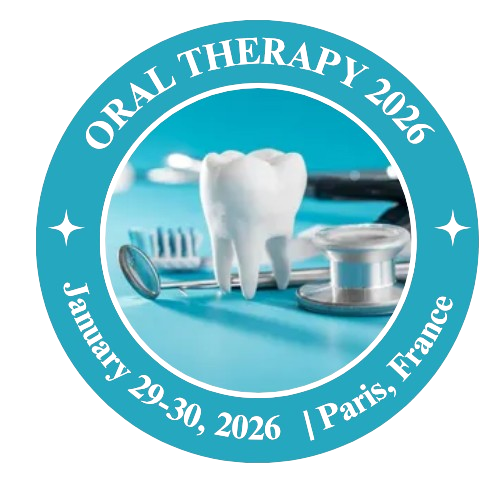Oral Cancer Research
Session 14:Oral cancer
Oral cancer is most frequently found within the tongue, the lips, and also the floor of the mouth. It can also begin within the gums, the minor secretion glands, the liner of the lips, and cheeks, the roof of the mouth or the area behind the wisdom teeth. The majority of oral cancers arise within the squamous cells that line the mouth, tongue, gums and lips. These are known as squamous carcinomas. Not all tumors or growths within the mouth are cancer however some are benign whereas others are the malignant tumor that means they will become cancer however don't seem to be currently cancer.
Symptoms of carcinoma usually mimic symptoms of less serious conditions, like a mouth sore that won’t escape, therefore, knowing the signs of the disease are mandatory. Knowing risk factors is additionally very important. Treatment generally depends on wherever the mouth, cancer originated. Oral carcinoma and its treatments usually have an effect on the patient’s physical look and ability to eat and perform alternative everyday activities, surgical reconstructive techniques could also be an option.
- Oral Cancer Risk Factors are:
- Tobacco
- Alcohol
- DNA changes
Related Conference of Oral Cancer Research
32nd International Conference on Advanced Materials, Nanotechnology and Engineering
Oral Cancer Research Conference Speakers
Recommended Sessions
- Advanced Dental Research
- Conservative Dentistry
- Cosmetic Dentistry/Restorative Dentistry
- COVID-19: Dental & Oral care
- Dental Education and Research
- Dental Implantology
- Dental Implants
- Dental Instruments and Dental Marketing
- Dental Marketing
- Dentistry Cosmetics
- Ethno Dentistry
- Forensic Dentistry
- Laser Dentistry
- Nano Dentistry
- Oral And Maxillofacial Surgery
- Oral Cancer Research
- Orofacial and Dentistry Cosmetics
- Orthodontology
- Paediatric Dentistry
- Prosthodontology And Periodontology
- Public Health Dentistry

